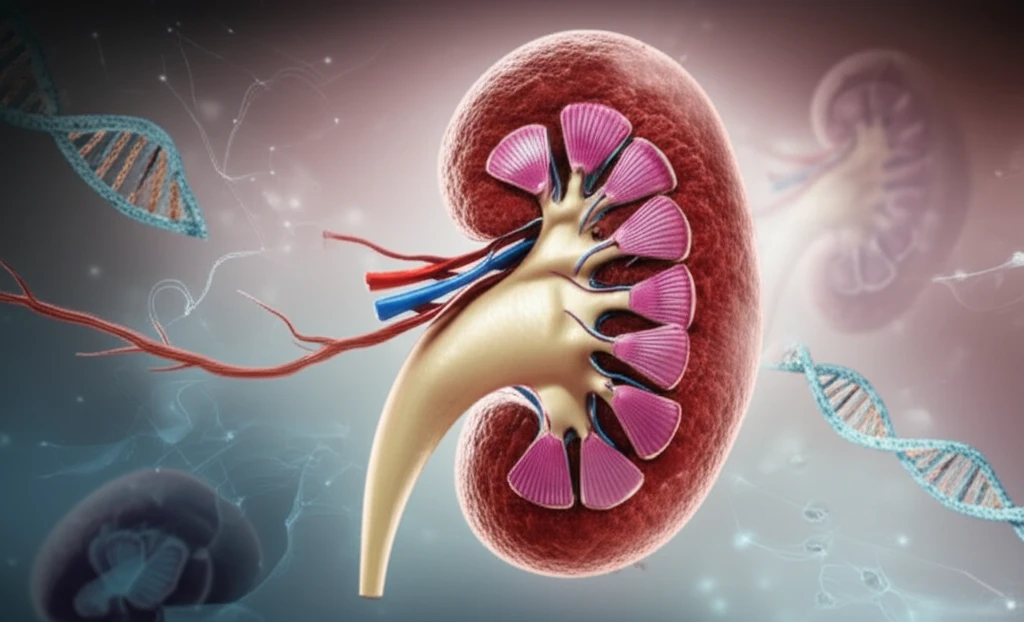
Kidney Cancer Breakthrough: New Insights into Rare and Aggressive Forms
"Unlocking the Genetic Secrets of CCP-RCC and TFE3-Overexpressed Renal Cell Carcinoma"
Kidney cancer, while not as prevalent as other forms of cancer, presents a complex landscape of various subtypes, each with its unique characteristics and clinical behavior. Among these, clear cell papillary renal cell carcinoma (CCP-RCC) and TFE3-overexpressed renal cell carcinoma stand out as rare yet significant subtypes that have garnered increasing attention in recent years.
CCP-RCC, the fourth most common type of renal cell carcinoma (RCC), has traditionally been recognized for its indolent nature. However, the limited molecular information available has prompted researchers to delve deeper into its genetic underpinnings to gain a more comprehensive understanding of its behavior and identify potential therapeutic targets.
On the other hand, TFE3-overexpressed renal cell carcinoma, driven by translocations involving the TFE3 gene, is known for its aggressive nature, particularly in younger patients. Despite its clinical significance, the pathophysiology and genetic characteristics of this subtype remain poorly understood, highlighting the urgent need for further investigation.
Decoding CCP-RCC: A Genomic Perspective on an Indolent Tumor

A recent study aimed to unravel the mutational landscape of CCP-RCC by analyzing a cohort of 64 cases treated by surgical resection. The researchers sought to identify recurrent somatic mutations and provide extended follow-up information to better characterize this distinct tumor.
- No Mutations: 7/17 cases (41.1%)
- ARID1A Mutations: 4/17 cases (23.5%)
- NOTCH3 Mutations: 3/17 cases (17.6%)
- TSC1 Mutations: 2/17 cases (11.8%)
- KIT Mutations: 2/17 cases (11.8%)
- ATM Mutations: 1/17 cases (5.9%)
The Future of Kidney Cancer Research: Personalized Treatment Approaches
These studies underscore the importance of comprehensive genomic profiling in understanding the diverse landscape of kidney cancer. By identifying the unique genetic characteristics of each subtype, researchers can develop more targeted and effective treatment strategies, ultimately improving patient outcomes.
